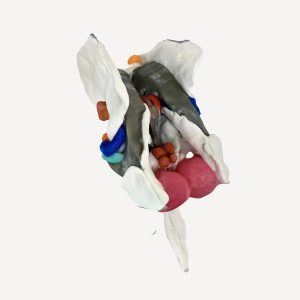The basal ganglia consist of five closely cooperating nuclei: the caudate nucleus, substantia nigra, subthalamic nuclei, putamen and globus pallidus. These five nuclei of the basal ganglia regulate motivation and motor movements. The putamen and globus pallidus together form the lentiform nucleus.
- Putamen (brown): Form a cube and press it into a trapezoidal shape.
- Globus Pallidus (orange): Model a triangle and place it directly under the putamen, forming the lentiform nucleus. Push the lentiform nucleus into the internal capsule on both lateral sides so that only the putamen is visible.
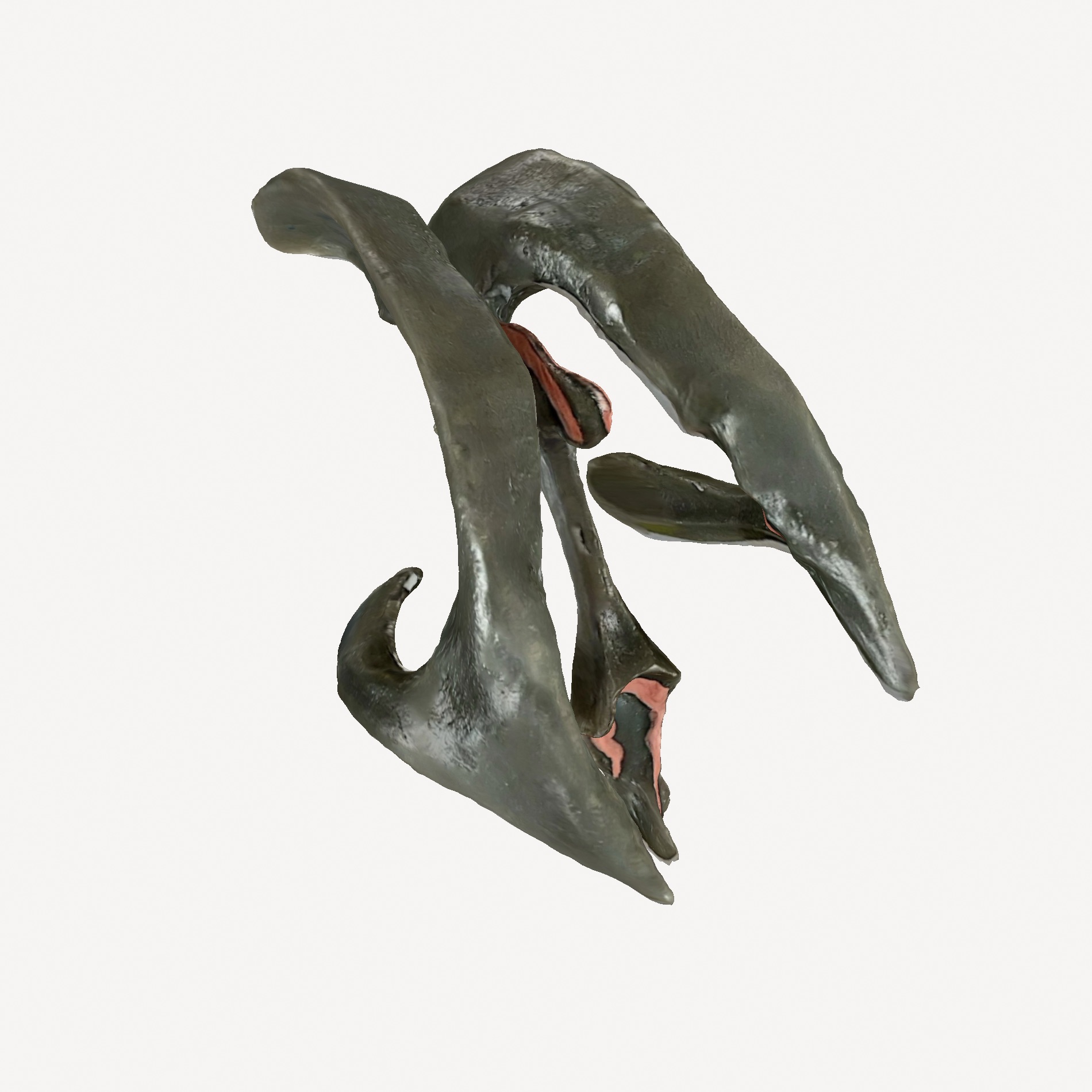
00 Ventricular system
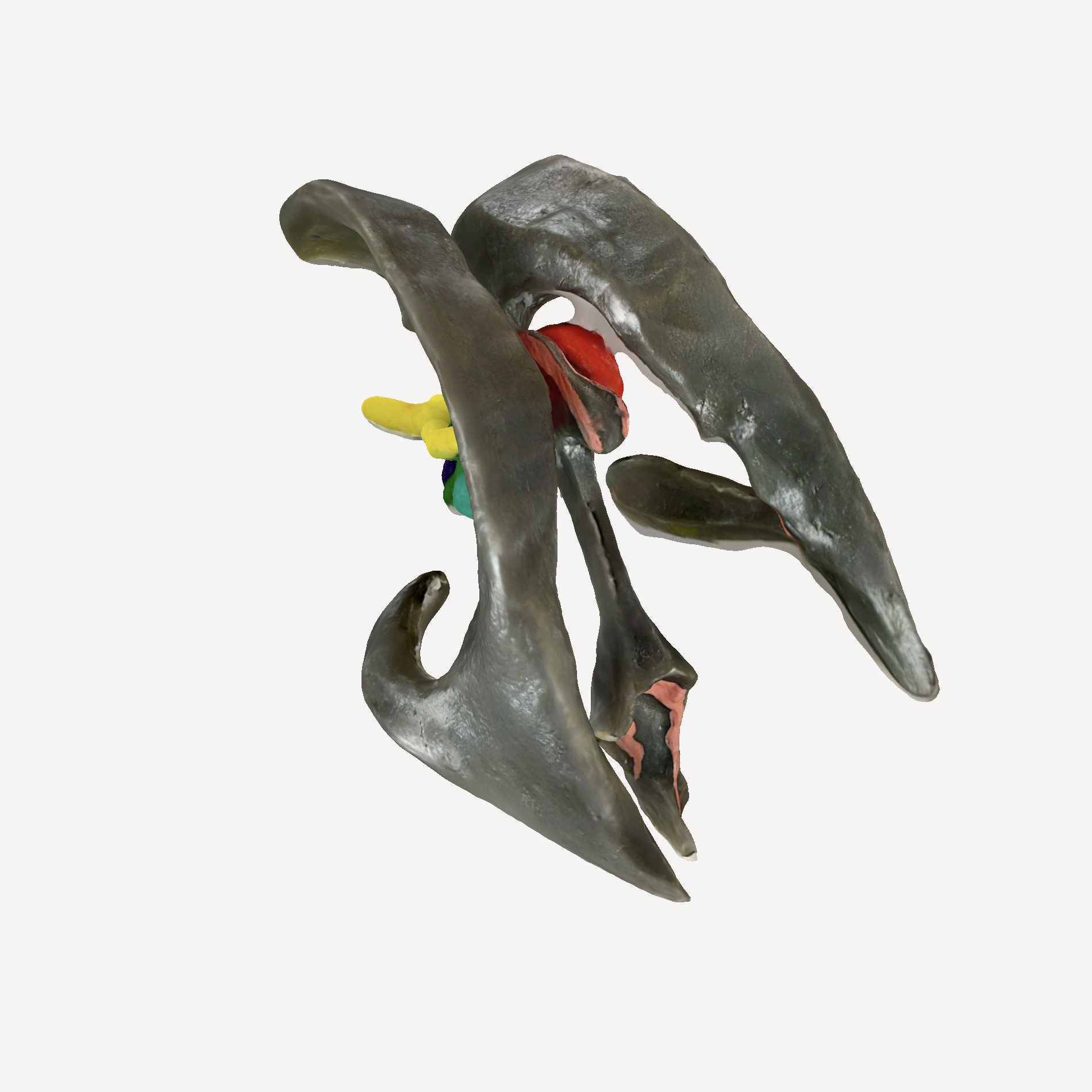
01 Thalamus, Hypothalamus, Pituitary Gland, Optic Chiasm, Mammillary Bodies
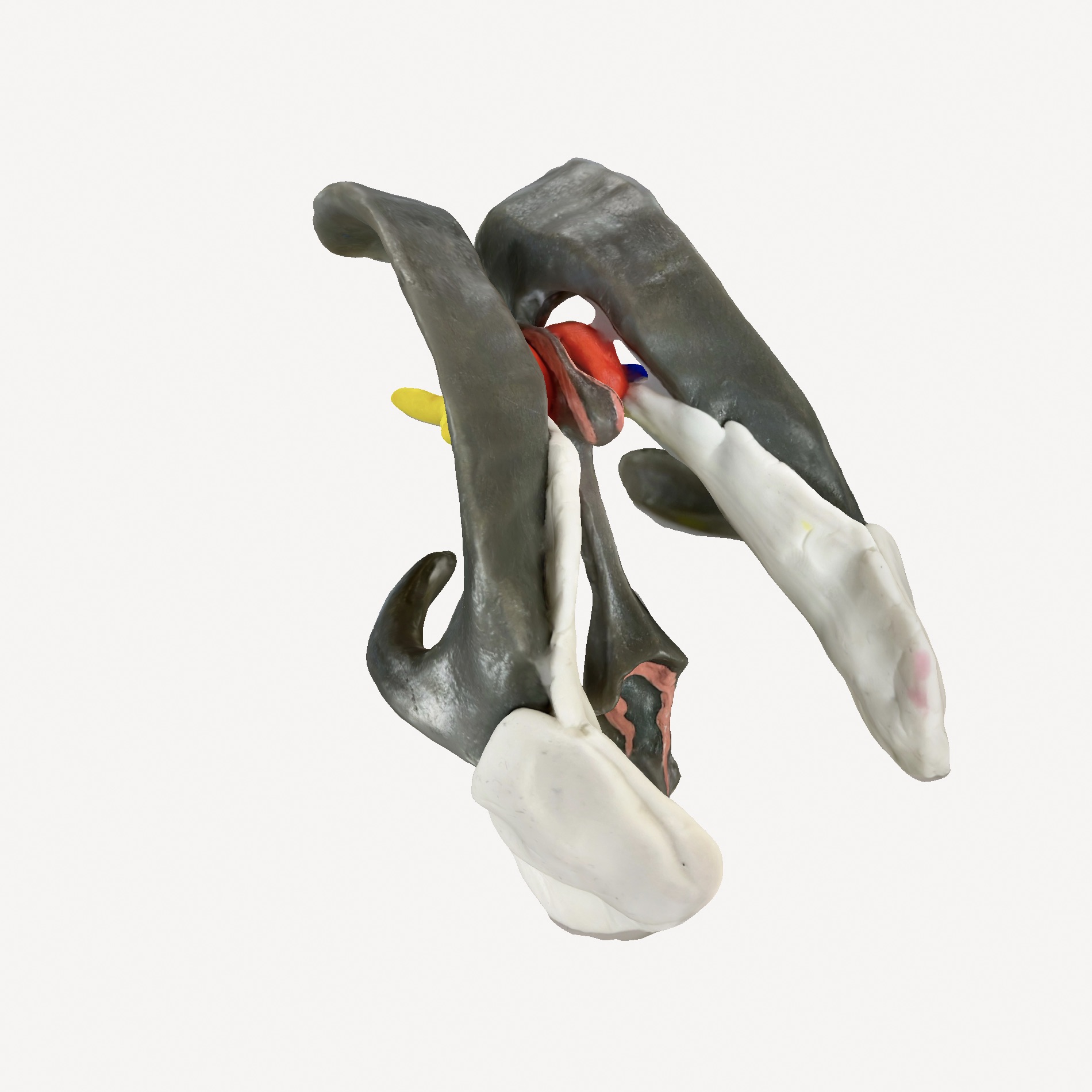
02 Optic Radiation

03 Limbic System

04 Reward System
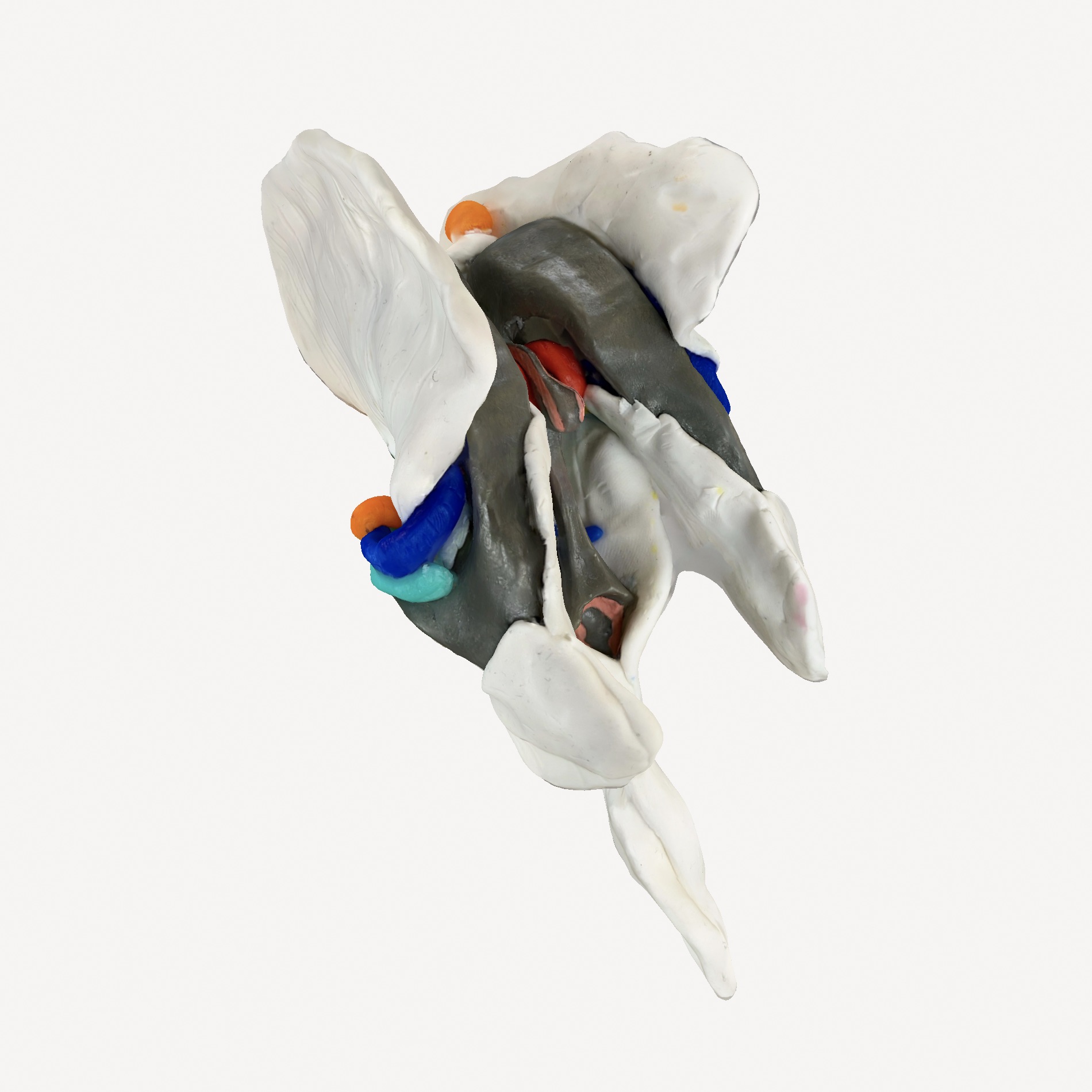
05 Corticospinal Tracts
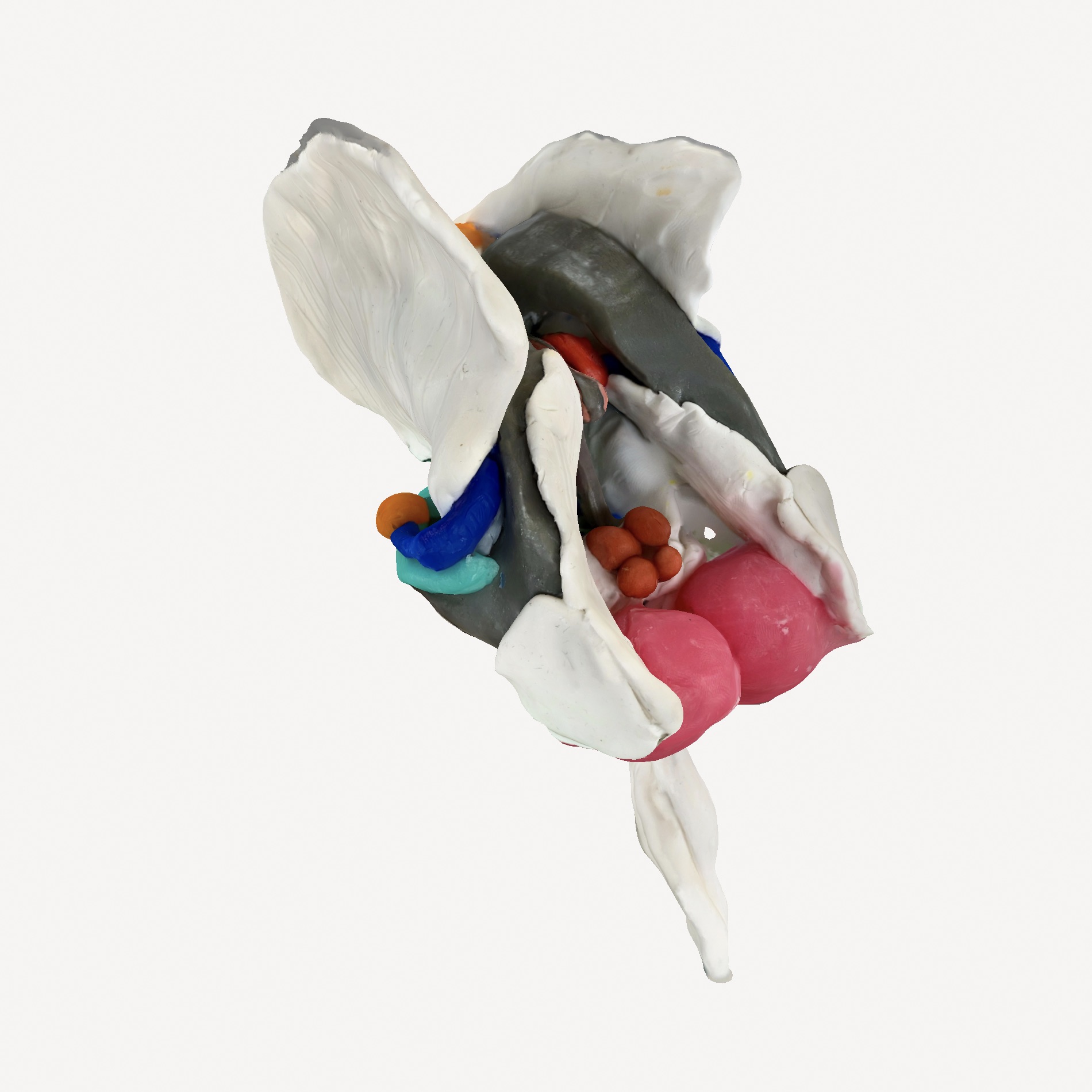
06 Cerebellum
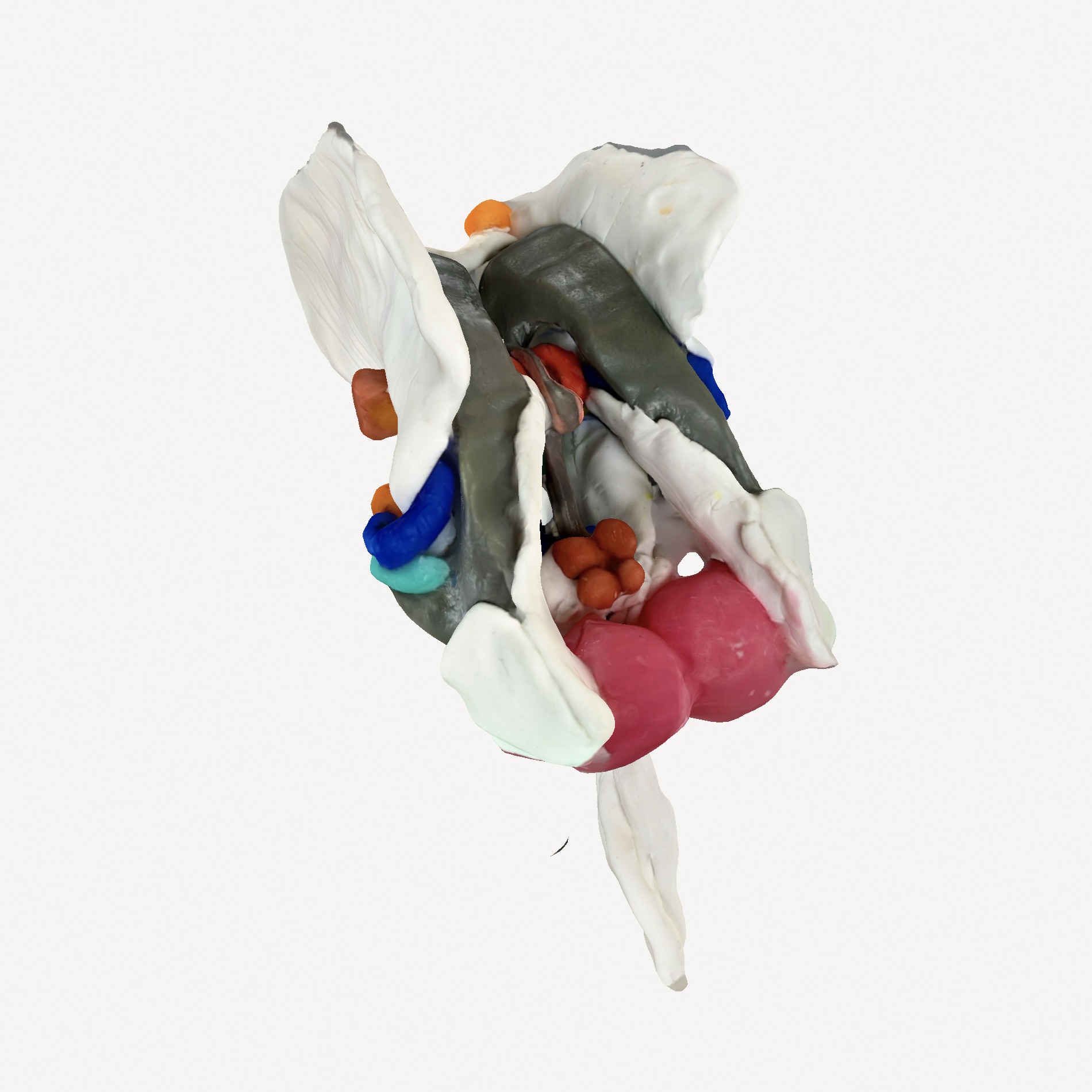
07 Basal Ganglia
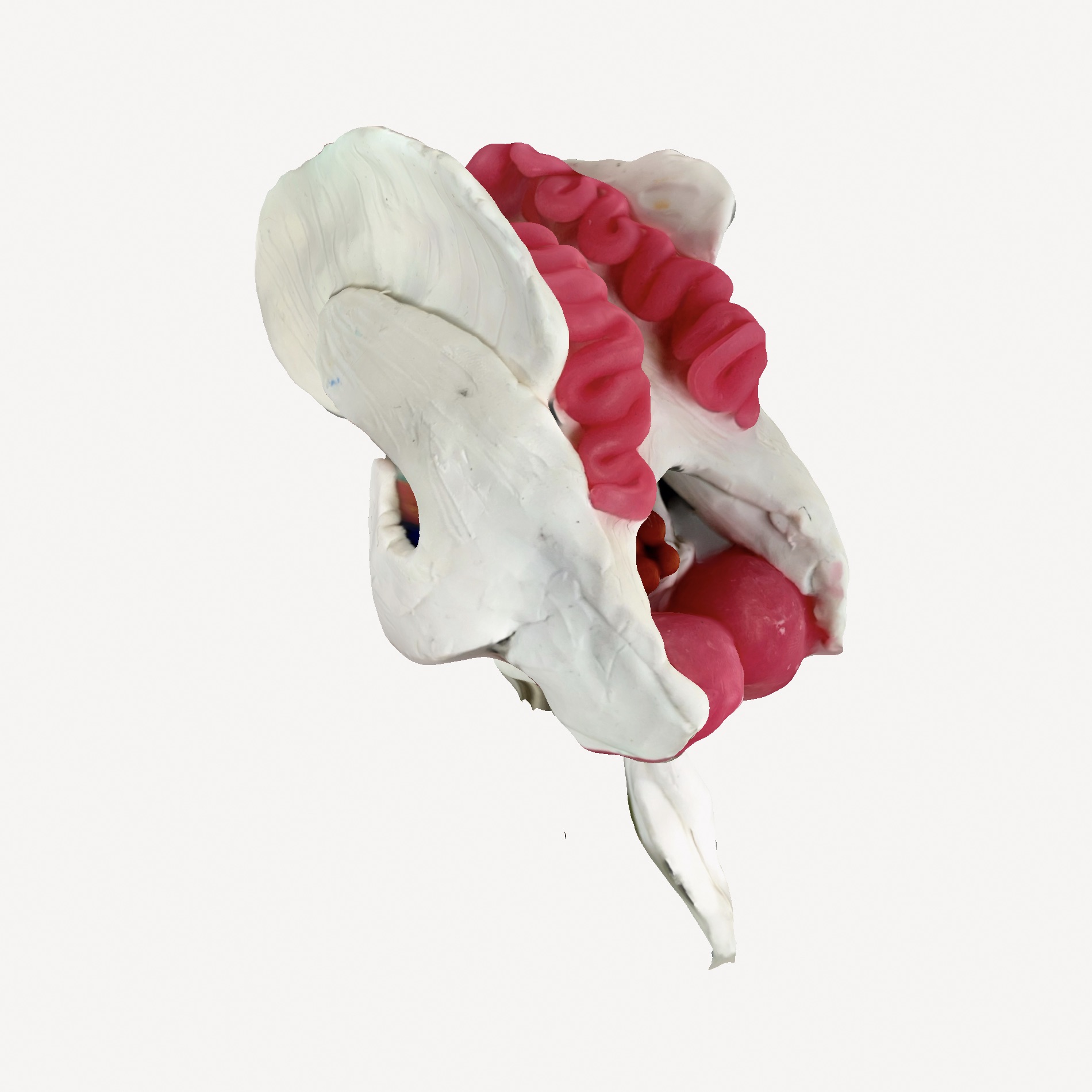
08 Connections: Corpus Callosum, Cingulate Gyrus, and White Matter Networks
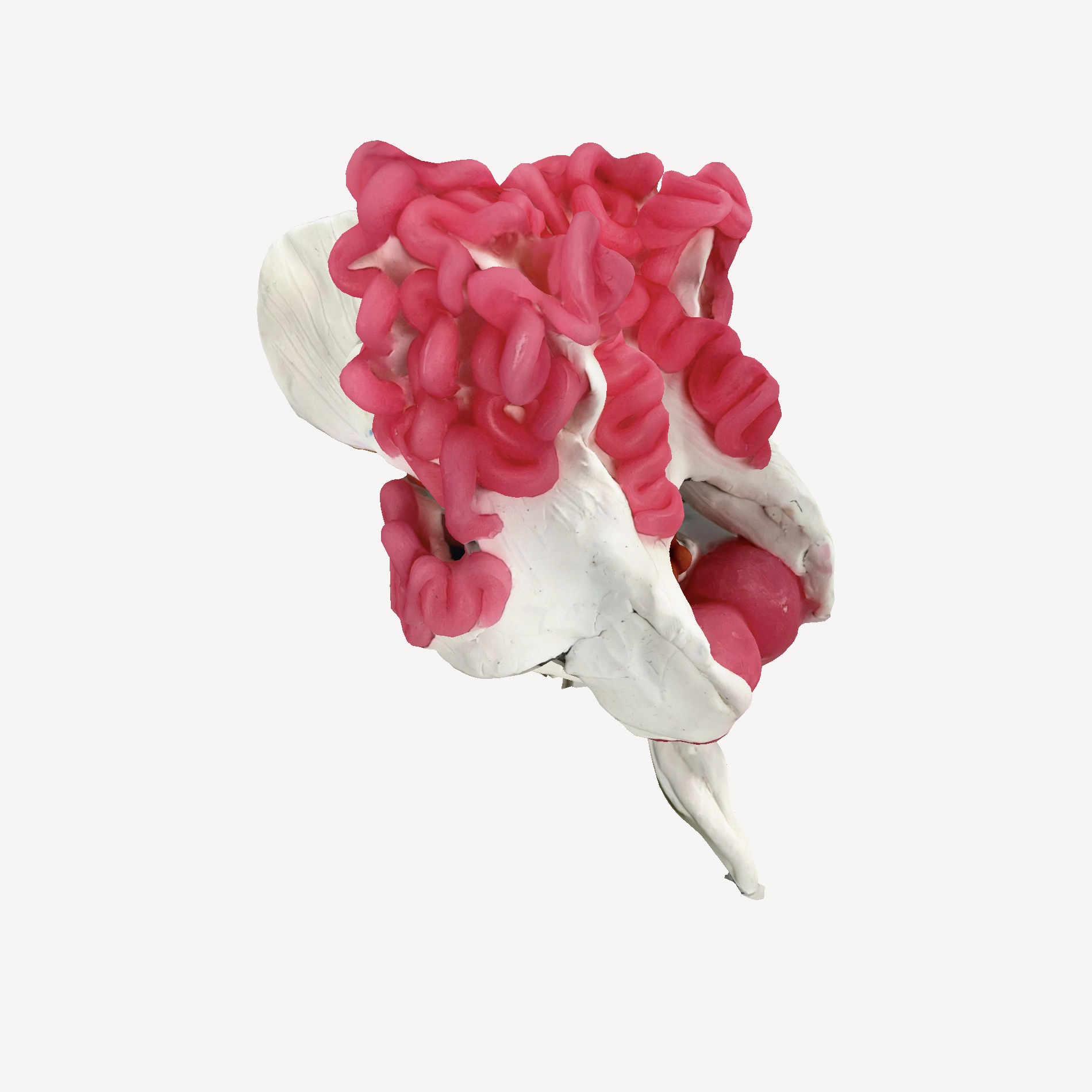
09 Structure of the Cerebrum, Starting with Three Important Gyri

10 Structure of the Cerebrum, Frontal, Parietal, and Occipital Lobes


